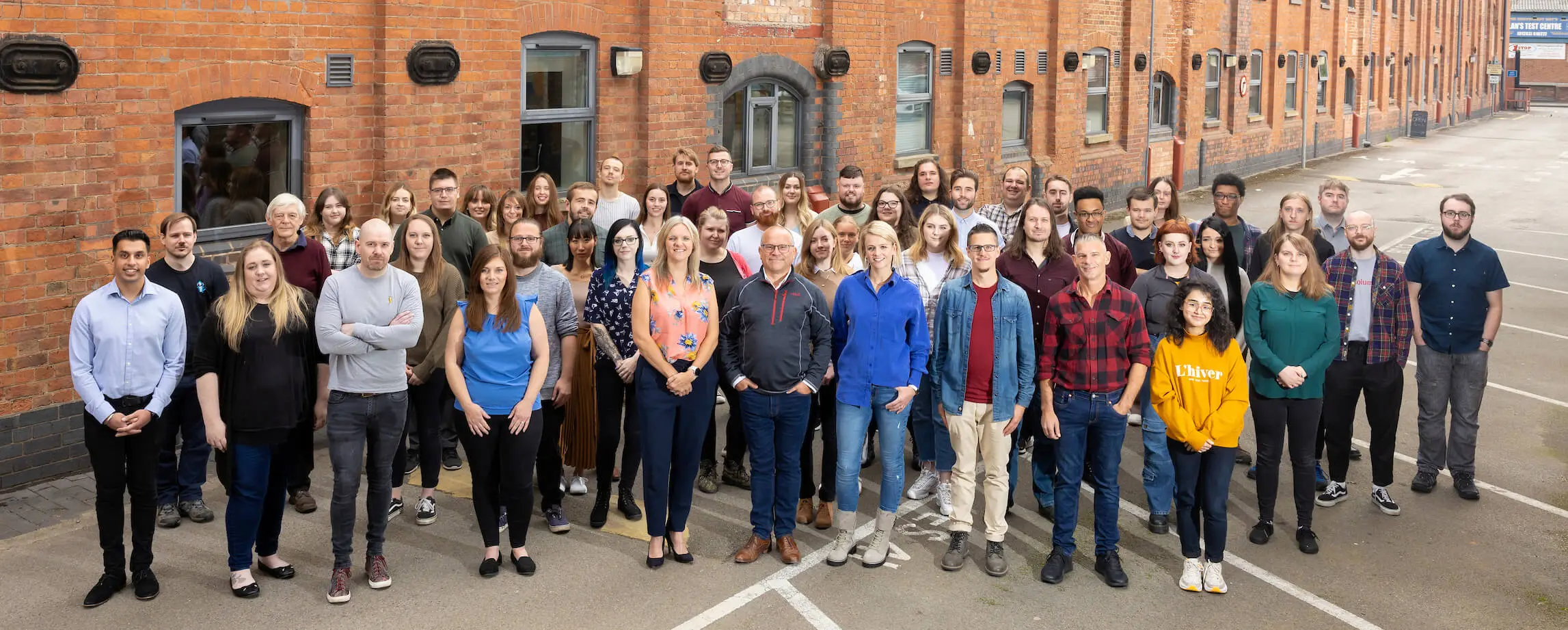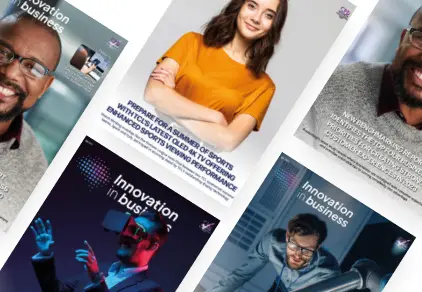

Recently, we’ve seen how the internet exploded over the generative AI known as ChatGPT. It got everyone talking about its capabilities and led us to wonder if AI can truly automate content creation for all businesses. Although generative AI programs are fairly new, people all over the world are using them to generate content and answer their questions. Since the business world is quite vast, there’s so much to manage from sales to customer service to product development. So we’d like to discuss how generative AI can assist your business.
What is generative AI and how can it be applied?
Generative AI is a branch of artificial intelligence that focuses on models and algorithms that can generate original and realistic content. They use deep learning models such as Generative Adversarial Networks (GANSs) and variational autoencoders (VAEs) for it.
These models are often trained with large datasets so they can understand underlying patterns and structure. After a couple of trials, generative AI programs would learn how to produce new instances that can resemble or stand out from the datasets used for the training.
There are so many practical examples of generative AI. For example, these algorithms can create written content such as blog articles, essays, website or sales copy, stories, and books. Now, they are also starting to create more visual and audio content like images, audio & video clips, text-to-speech, text-to-video, etc.
Some of the common generative AI products available to date
You can find generative AI tools all over the Internet. It’s safe to say that they are here to stay and might get better over time. Below are some common AI tools.
- ChatGPT
ChatGPT from OpenAI is the most popular generative AI tool in use today. It allows users to develop content using its free version but has a premium plan for users who need refined features and additional processing. The features of ChatGPT include: natural language understanding, conversational context, creative writing, answering questions, text completion and much more.
- Bard
Google Bard is a chatbot and content generation tool developed as an alternative to ChatGPT. It’s available for anyone with a Google account and can integrate with Google apps and some other platforms. Bard can create written content, answer questions, write and review code, solve math problems, and other things.
- Dall-E2
Dall-E2 from OpenAI can create realistic images and art from a description written in natural language. It can generate original images as well as different variations of it. Dall-E2 also has an in-painting feature that lets you modify and enhance existing pictures. There’s also an outpainting feature that’s capable of expanding images beyond what’s currently in the original canvas.
- Synthesia
Synthesia is branded as an AI video creation platform. You can use it to generate professional videos without filming yourself or using any equipment. Its features include: AI video generator, text-to-video, AI voices in 120+ languages, large collection of AI avatars, and easy editing process with no experience whatsoever.
- Murf.ai
Murf.ai is an AI voice generator that you can use for turning text into speech easily. It can generate quality and realistic voice-overs for podcasts, videos or any professional presentations. The features of Murf.ai include diverse AI voices, uploading of creatives, voice editing and customization, and studio-quality sounds.
A few ways generative AI tools can benefit businesses.
Generative AI can make the lives of employees easier by making certain operations much more efficient. It might be tempting to rely on these tools alone but you still need skilled human workers to tweak and correct all forms of generated content. Below are some crucial benefits of generative AI tools to businesses.
- Increase efficiency and productivity
These are automated systems that have been trained to produce output faster than humans. You use AI to easily complete everyday tasks like content generation, data analysis, editing and fact-checking, etc.
- Improve quality of content and materials created
Businesses need to come up with marketing materials for promoting their products and services. They also need to engage their audience with educational or informational content. Generative AI systems can perform automated spell checks to identify any errors.
- Allow for innovation
These AI systems enable companies to develop more products and become more creative. You can use them to create images, text, voice-overs, videos, and code. You’ll find that generative AI tools are available for free or might cost a small amount for monthly subscription.
- Improve the customer experience
When it comes to generative AI, customer service is one of such operations that can be impacted. You can use AI chatbots and live chats to answer customer queries, suggest help center articles, collect customer information, and escalate complex issues to agents.
- Improve employee experience
Generative AI programs can make workers become more knowledgeable and effective in the workplace. They serve as automation assistants who help to simplify tasks. Companies can also use AI tools to upskill employees in induction and training programs.
What are some of the drawbacks and concerns around generative AI?
As advanced technologies continue to emerge, there are some concerns about the impact of these AI tools moving forward. First, many people tend to accuse AI of plagiarizing or slightly refurbishing already published information on the internet. This means that AI content may be found to be generic or sometimes incorrect.
Next, we have the issue of data privacy and security. No one knows if generated content can be accessed by anyone else or if many people get the same output. Businesses are also scared to share personal data or confidential information with AI for security reasons.
Many companies and entrepreneurs have ethical concerns around generative AI. They feel their brand would lose credibility if they use AI tools to create all or some of their content. A lot of employees also wonder if these AI technologies will eventually take their jobs.
Some tips on how businesses can implement generative AI ethically and use it as a tool to support content creation.
Although generative AI programs can help to create various forms of content, you don’t have to use them exclusively. These tools are meant to guide users and help them achieve a finished product. For example, ChatGPT can answer your questions and explain stuff you’re not knowledgeable about. It can also determine how best to approach certain topics for your audience.
You cannot expect it to understand your original brand voice and generate every single material or content for your company. That would be unwise especially due to the numerous concerns out there. AI content (audio, text, images or video) can be published directly where necessary. But you need to consider platform rules or any content restriction that might be attached to such.
One notable way of applying generative AI is by using process automation and optimization tools. e.g chatbot platforms are available 24/7 and they can provide first responses to customers. You can set up AI chatbots to solve simple queries and route to agents when told to.
In this case, you’re employing a generative AI tool that can seamlessly deliver custom content to anyone who makes inquiries about your products and services.

Technology
25 March 2025
Ransomware-As-A-Service Variants on the Rise With Critical Infrastructure Providers at the Greatest Risk

Business Advice
25 March 2025
Claims Processing Automation: How Insurers Can Cut Costs and Improve CX

Technology
18 March 2025
Secret Signs Your Internet Security Has Been Compromised






















